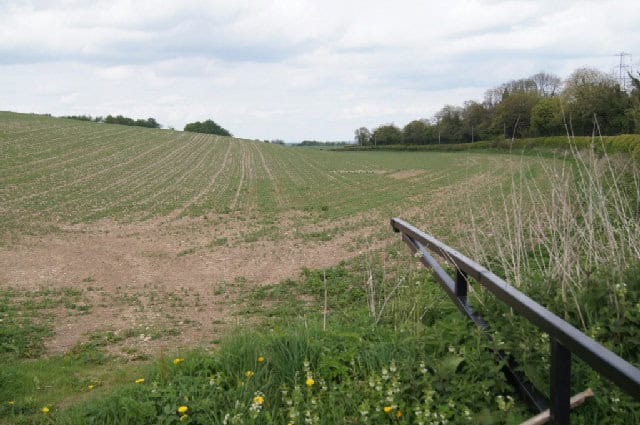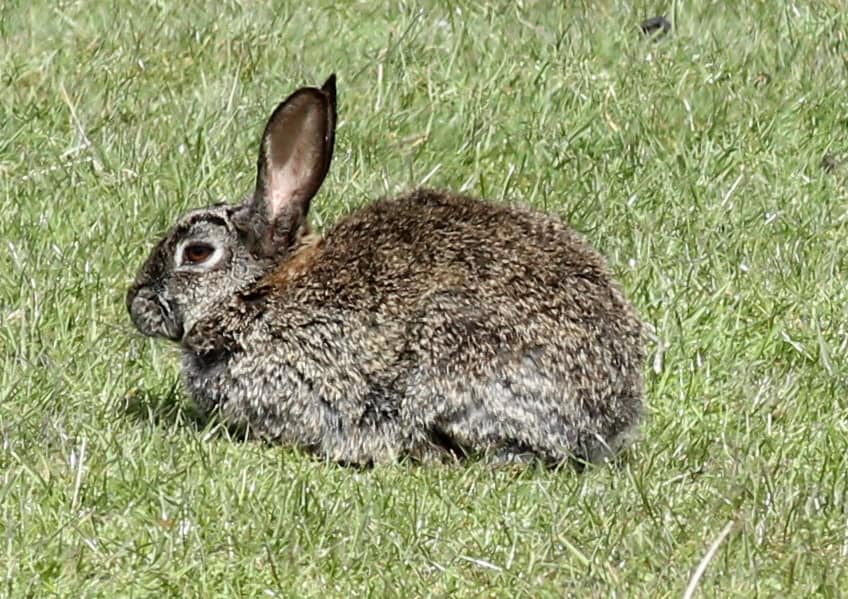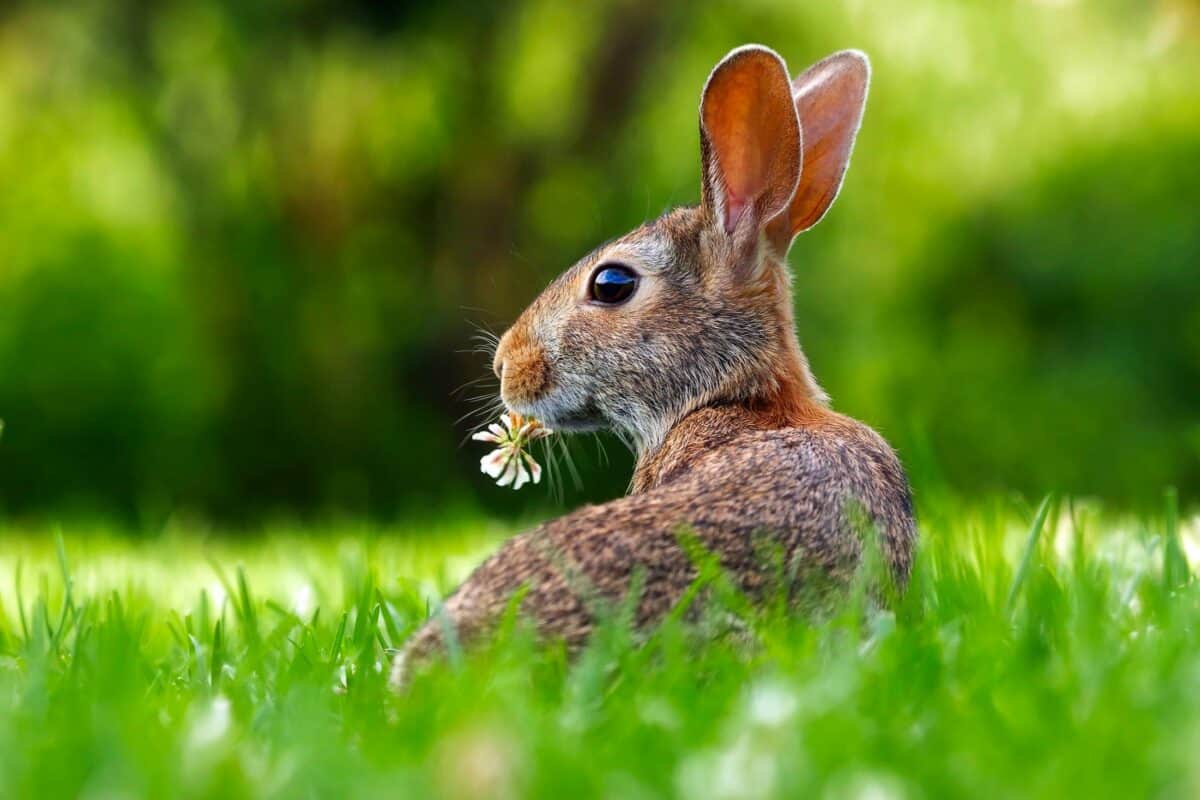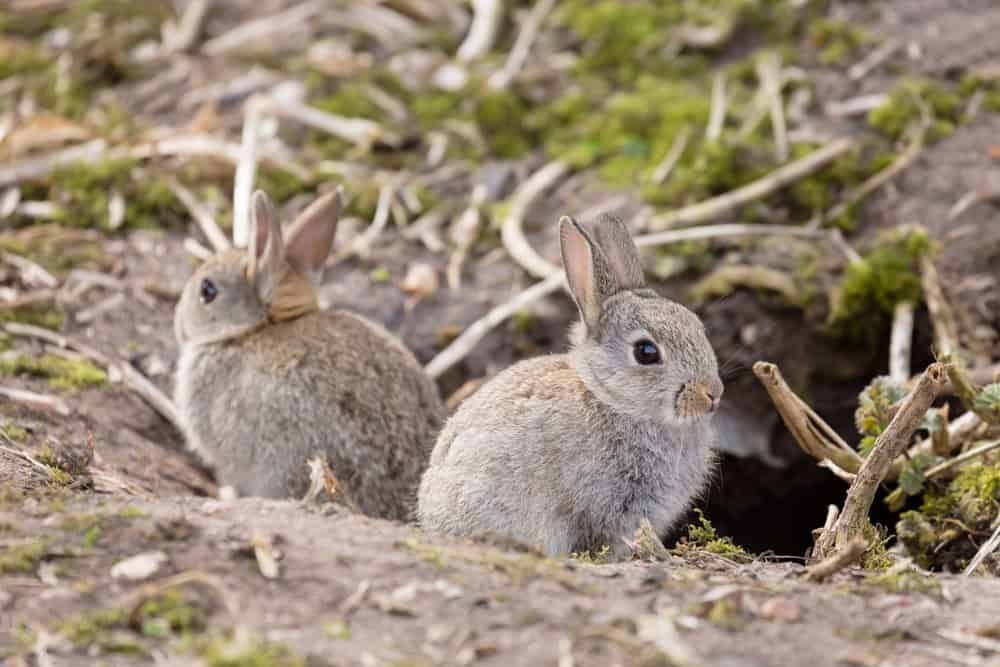The European rabbit (Oryctolagus cuniculus), while seemingly harmless, has become a matter of concern in several US states. Originally brought to North America by European settlers, these rabbits have escaped domestication and adapted to the wild, leading to significant ecological and economic challenges. Understanding the dynamics of their invasion is crucial to mitigating their impact on native flora and fauna.
The Origin of the Invasion

European rabbits were introduced to North America during the early colonial period for their fur and as a food resource. Unlike native cottontail rabbits, the European species has a broader range of habitats and a remarkable ability to reproduce rapidly. This reproductive prowess, combined with a lack of natural predators in certain states, has allowed their populations to explode in size.
Affected US States

While European rabbits have predominantly been a problem in affected areas of California, Oregon, and Washington, their presence is becoming noticeable elsewhere. These regions offer the ideal combination of mild climates and abundant food resources, allowing the rabbits to thrive.
In California, for example, the rabbits have wreaked havoc on agriculture, especially in the Central Valley region. They consume a wide array of crops, from lettuce to grapes, resulting in substantial economic losses for farmers.
Ecological Impact

European rabbits pose a significant threat to native species through competition for resources. Their feeding habits can lead to severe degradation of grasslands, impacting ground-nesting birds and other fauna. Their burrowing behavior also contributes to soil erosion, disrupting the natural balance of ecosystems.
In particular, the rabbits are known to affect the populations of herbivorous native species that rely on specific plant diets. By overgrazing, European rabbits reduce the availability of these plants, pushing out native competitors and altering plant community compositions.
Economic Consequences

The invasion of European rabbits has resulted in millions of dollars worth of crop damage annually. Economic losses ripple through various sectors, from farming to tourism, as landscapes lose their aesthetic value and biodiversity. Moreover, the cost of controlling rabbit populations through fencing, traps, and other deterrents adds a financial burden on property owners and local governments.
Control and Management Strategies

Addressing the European rabbit problem requires integrated pest management strategies. This includes habitat modification, exclusion techniques like fencing, and population control through trapping and fertility control measures. Public education campaigns further empower communities to prevent the spread of these invasive species.
Research into biological controls, such as rabbit-specific viruses, is ongoing but requires careful evaluation to avoid unintended environmental consequences. Agencies are collaborating with conservation biologists and local farmers to develop sustainable solutions rooted in ecological science.
Prevention and Awareness

Prevention remains the most effective strategy against invasions. Raising awareness about the risks associated with releasing domesticated rabbits into the wild is key to preventing future outbreaks. Additionally, advancing research on invasive species and their control methods will better equip states to manage these types of ecological threats.
By fostering collaboration among government entities, researchers, and the community, it is possible to minimize the destructive impact of European rabbits and safeguard the diverse ecosystems of the United States. Through education and proactive management, the US can build resilience against this and future invasive species challenges.
- Why Some Caterpillars Eat Toxic Plants Without Getting Sick - August 16, 2025
- This Tiny Spider Can Jump 50x Its Body Length – Here’s How! - August 16, 2025
- Koalas Eat Only Eucalyptus, But That’s a Terrible Food Choice—Here’s Why They Do It Anyway - August 15, 2025

